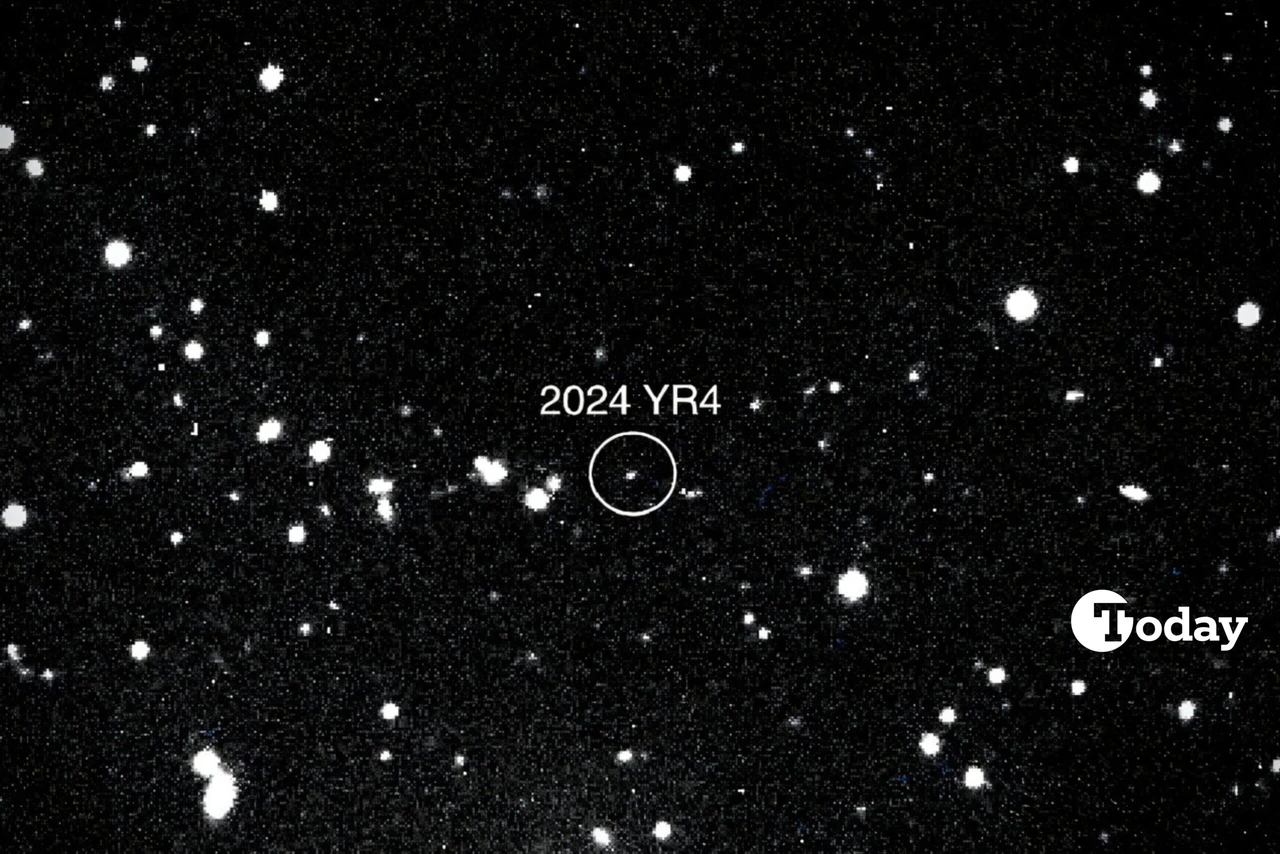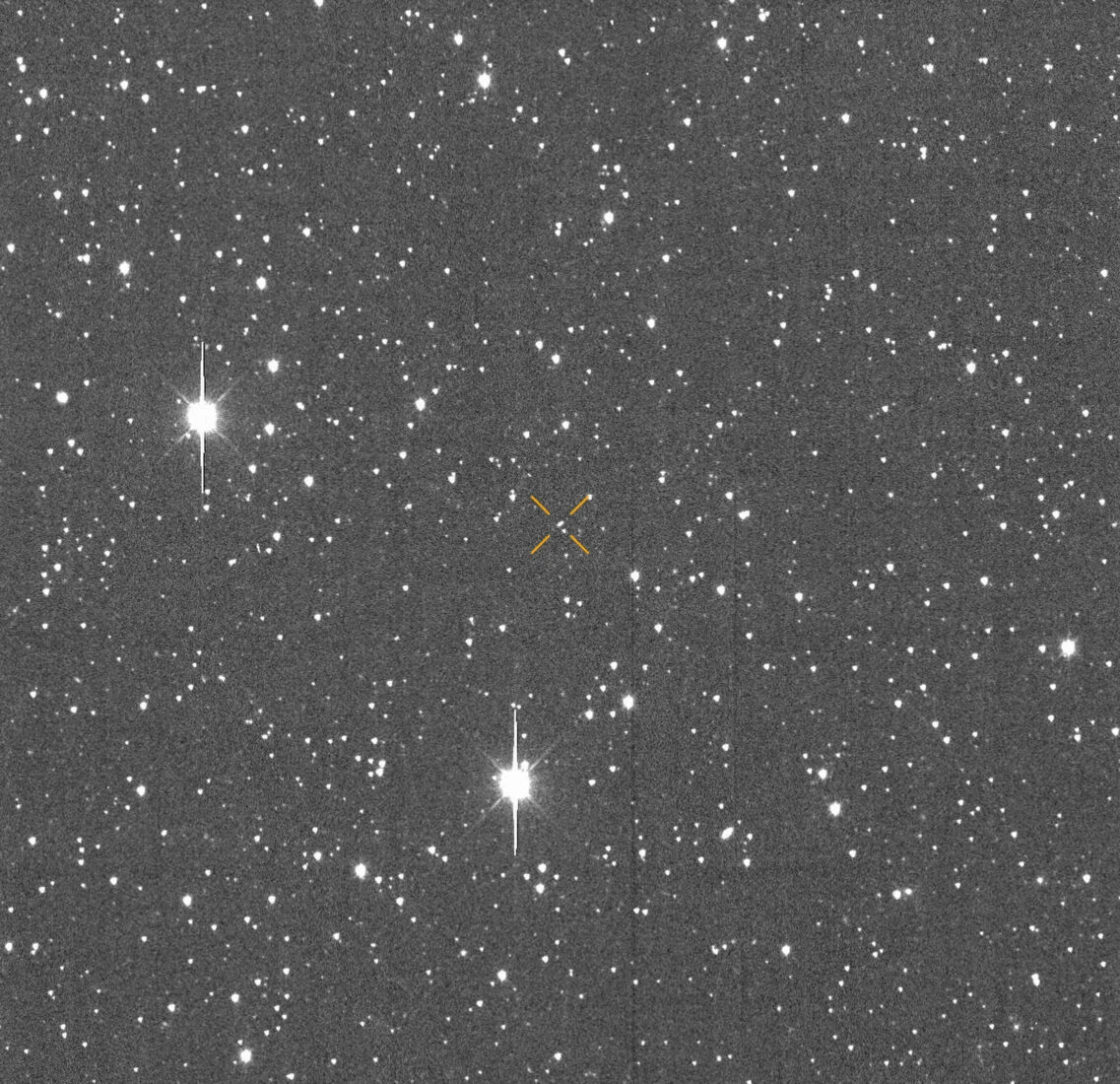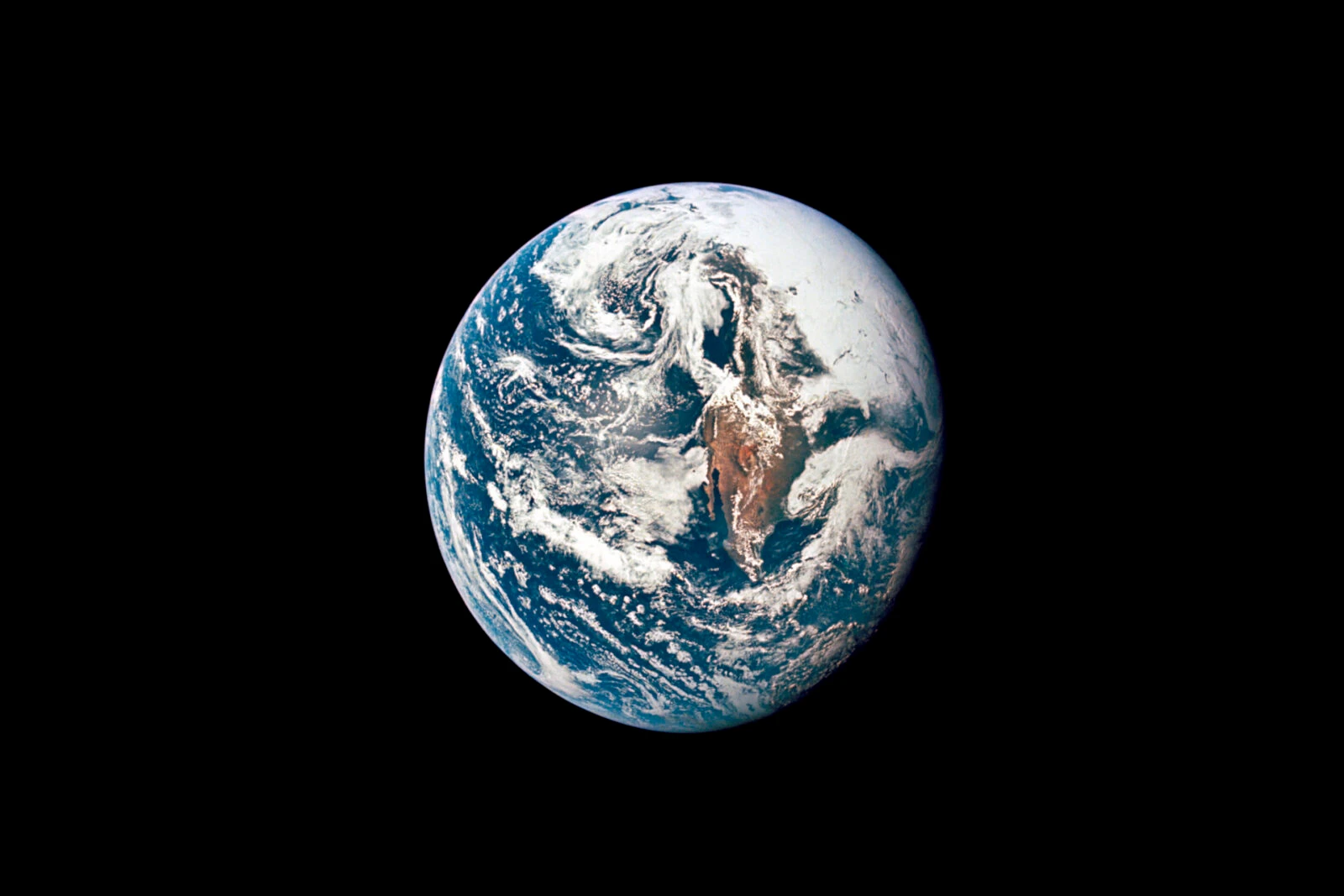‘City killer’ asteroid 2024 YR4 now has 3.1% chance of hitting Earth in 2032: NASA
 This image, provided by NASA, shows asteroid 2024 YR4 as observed by the Magdalena Ridge 2.4m telescope at the New Mexico Institute of Technology on January 27, 2025. (Photo via NASA)
This image, provided by NASA, shows asteroid 2024 YR4 as observed by the Magdalena Ridge 2.4m telescope at the New Mexico Institute of Technology on January 27, 2025. (Photo via NASA)
The National Aeronautics and Space Administration (NASA) has revealed that the asteroid 2024 YR4, which poses a potential risk of leveling a city, now has a 3.1% chance of impacting Earth in 2032. This makes it one of the most concerning space objects ever monitored by modern forecasting methods.
Rising risk, but no cause for alarm
Despite the growing probability, experts assure the public that there is no immediate need for panic. The global astronomical community is keeping a close eye on the asteroid’s trajectory, with the James Webb Space Telescope scheduled to observe the object next month.
Bruce Betts, chief scientist for the Planetary Society, emphasized that while the rising risk is concerning, it is too early to worry. “As astronomers collect more data, the probability will likely rise before ultimately dropping to zero,” Betts said.

How dangerous is asteroid 2024 YR4?
2024 YR4, first detected on Dec. 27, 2024, by the El Sauce Observatory in Chile, is estimated to be between 130 and 300 feet (40–90 meters) wide. While its composition is typical, rather than consisting of rare metals, the asteroid’s size and speed make it a cause for concern. If it were to strike Earth, it could travel at speeds of up to 40,000 miles per hour.
An impact could cause an airburst explosion with the power of approximately 8 megatons of TNT, more than 500 times the power of the Hiroshima bomb. A crater impact is also possible, particularly if the asteroid is on the larger side of estimates.
Monitoring by NASA and European Space Agency
The asteroid’s impact probability has fluctuated since the International Asteroid Warning Network (IAWN) issued a warning memo on Jan. 29, once the chances exceeded 1%. NASA’s most recent calculations have placed the chance of an impact at 3.1%, with the potential strike date set for Dec. 22, 2032.
For comparison, the last asteroid of similar size to pose a significant risk was Apophis, which had a 2.7% chance of striking Earth in 2029. This threat was later ruled out through additional observations.
No immediate danger, but monitoring intensifies
Richard Moissl, head of the European Space Agency’s planetary defense office, stated that while the event is rare, it does not constitute a crisis at this point. “This is not the dinosaur killer. This is not the planet killer,” he assured, emphasizing that the risk remains local rather than global.
In March, observations from the Webb Space Telescope, the most powerful space observatory, will be key to understanding the asteroid’s trajectory. With these data, scientists hope to better predict whether the risk will continue to rise or fall over time.
Deflecting asteroids: Science behind planetary defense
NASA’s 2022 DART mission demonstrated that spacecraft can successfully alter an asteroid’s path, and further research is exploring potential methods like using lasers or even nuclear explosions as a last resort if an asteroid poses an imminent threat.
Though asteroid 2024 YR4 is categorized as a “city killer” rather than a global extinction-level threat, it is a reminder of the risks posed by near-Earth objects. The asteroid’s potential impact corridor spans areas including the eastern Pacific, northern South America, Africa, the Arabian Peninsula, and South Asia.

Experts remain calm, no need for panic
At this point, experts, including Paul Chodas of NASA’s Center for Near-Earth Object Studies, stress that there is no need to worry. “The impact probability will likely drop to zero,” Chodas said. He also noted that new data from the Webb Space Telescope should help refine our understanding of asteroid 2024 YR4’s trajectory.
The public is urged to stay informed, but as of now, the chance of a significant impact remains low, with the asteroid’s size and trajectory still uncertain.
What are asteroids and how are they tracked?
Asteroids are space rocks that orbit the sun, remnants from the solar system’s formation 4.6 billion years ago. Most of them are found in the asteroid belt between Mars and Jupiter. The asteroid 2024 YR4 was first spotted by a telescope in Chile in December, and it will be closely tracked by NASA and the European Space Agency over the coming years.
Asteroid impact: What could happen?
The risk of a potential impact from asteroid 2024 YR4 fluctuates as scientists continue to track its orbit. If the asteroid is smaller, the damage would likely be confined to a local area. If it’s larger, the consequences could be more severe.
NASA’s observations of 2024 YR4’s size and orbit will be critical in determining whether the risk continues to rise or falls to zero. But for now, experts agree: there’s no need to panic.



